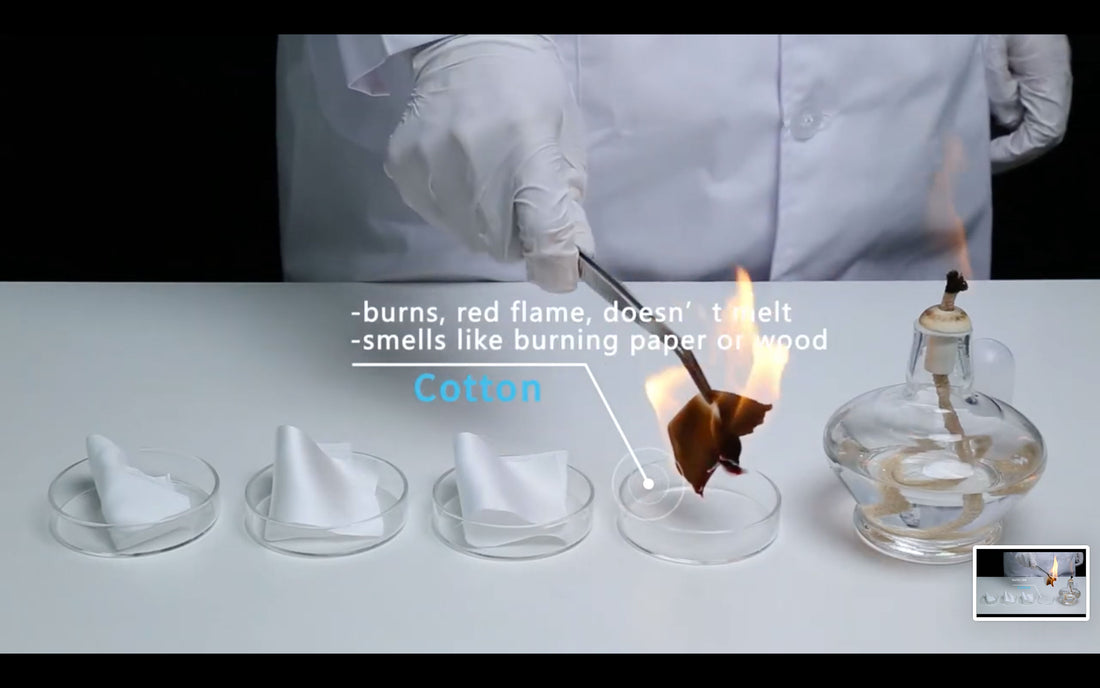
Различие между хлопком и полиэстером в турецких полотенцах
Поделиться
Выбор материалов в производственном процессе играет ключевую роль в определении производительности продукта в различных сценариях. Для обеспечения максимального удовлетворения пользователя важна пригодность материала в соответствии с предполагаемым применением продукта. В контексте турецкого полотенца, рассмотренного в этой статье, которое используется как пляжные полотенца, банные полотенца, велнес-полотенца, детские одеяла, чехлы для сидений, скатерти и шарфы, предпочтение отдается натуральным волокнам, таким как хлопок, бамбук, вискоза и лен, или даже их смесям. Среди этих вариантов хлопок занимает почетное место как традиционный и предпочитаемый материал для изготовления турецких полотенец.
Принятие устойчивого развития и регенерации: Стремление текстильной промышленности к устойчивому развитию привело к инновационным мерам, таким как переработка хлопкового мусора для создания регенерированных хлопковых нитей, иногда с добавлением определенной доли полиэстера. Эта переработанная пряжа нашла применение в производстве турецких полотенец, предлагая экологически сознательный вариант. Бренды, которые выбирают использование регенерированной хлопковой пряжи, не ошибаются; на самом деле этот подход может соответствовать этическим практикам при прозрачном указании состава полиэстер-хлопок на этикетке продукта. Например, пляжная сумка, предназначенная для контакта с песком, может выиграть от использования регенерированной пряжи, поскольку впитывание воды в этом случае не является ключевым требованием.
Этические соображения: Однако важно признать, что возникают этические вопросы, когда турецкие полотенца, изготовленные из регенерированной хлопковой пряжи, продаются и рекламируются как 100% хлопковые изделия. Такая ситуация вызывает этические вопросы, поскольку покупатели неосознанно платят премию за продукт, который должен стоить дешевле. Отсутствие прозрачности подрывает удовлетворенность клиентов и является неэтичной сделкой.
Выявление содержания полиэстера: Чтобы определить, содержит ли приобретенное турецкое полотенце полиэстер, наиболее достоверным методом является аккредитованный лабораторный анализ. Тем не менее, существует более простой способ: выдернуть несколько нитей из уточной части и бахромы полотенца и сжечь их. Если нити превращаются в серый пепел при сжигании, полиэстера нет. Однако если нити оставляют черный, похожий на бусинку остаток, это указывает на присутствие полиэстера.
Понимание основы и утка: Пештемали состоят из основы и утка. Нити основы, как правило, намотаны из одного материала и цвета, но могут содержать смесь цветов, что указывает на возможное использование регенерированной пряжи. Аналогично, нити утка, которые в идеале должны быть однородными по материалу, на практике могут различаться для создания различных цветовых вариантов. Выдергивание нити утка с края изделия позволяет провести незаметное тестирование, тогда как извлечение изнутри может привести к видимым пробелам.
Сотрудничество с надежными производителями: Турция, известная своим текстильным мастерством, имеет множество фабрик, специализирующихся на производстве пештемали. Денизли, в частности, считается столицей турецких полотенец. Партнерство с проверенными производителями жизненно важно для обеспечения целостности продукта. Хотя могут появиться заманчивые предложения из других источников, следует проявлять скептицизм, поскольку непревзойденное качество по нереально низкой цене, скорее всего, слишком хорошо, чтобы быть правдой.
В заключение: Определение материалов в турецких полотенцах и их процентного состава можно провести с помощью аккредитованных лабораторных тестов. Однако это связано с дополнительными расходами и задержкой доставки. Ценно оценить приверженность надежной фабрики качеству и этике. Поиск подлинных продуктов, соответствующих вашим ценностям, важнее заманчивых, но сомнительных предложений. Не стесняйтесь делиться дополнительными мыслями по этой теме в разделе комментариев.
С наилучшими пожеланиями,
TowelAge.com





